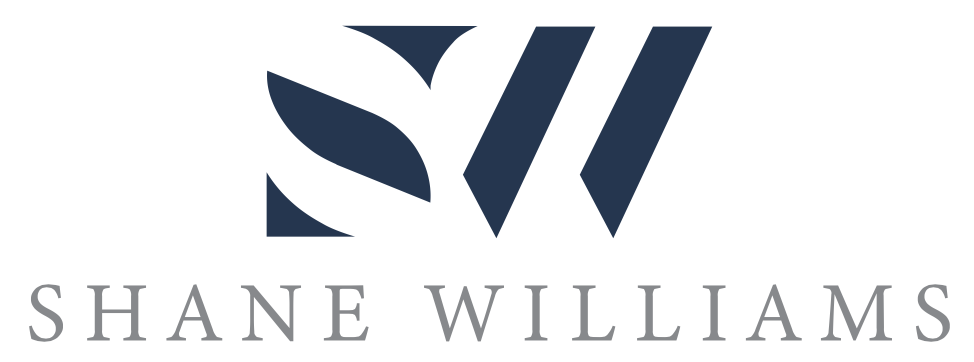FROM START-UP TO SCALE-UP PART 1 – ENGINEERING FOR SUCCESS, HOW PLATFORM TEAMS PLAY THEIR PART IN A LARGE TECHNOLOGY BUSINESS
If you are an avid listener of Platform Diaries, then you are probably pretty aware that most of my guests have dabbled in the start-up space. While start-ups are a beast that require plenty of organisation and innovation, I want to shift my focus away from the newcomers and look at mature companies who are seeking to integrate platform teams into their business structure.
To help me unpack the concepts surrounding scaling up, I have asked organizational design expert Jason van Lint, the Head of Delivery at one of Australia’s most popular and recognizable rewards programs, Flybuys, to share a few tips with us.
“I am a new addition to the Flybuys team and have only been there for around four months. I moved there from realestate.com. Before that, I worked in Europe for a multinational for 18 years. I've always worked with organisations that have a tech focus, but since coming back to Australia I've really been able to explore roles that are embedded inside organisations that consider themselves to be tech companies first.”
For Aussies, Flybuys is a recognisable name. It is a rewards program that was started by Coles supermarket chain. A couple of years ago, it broke off and is now an independent entity. Against this context, Jason has begun working to transform the business so that it looks like the tech companies that have enjoyed success (such as REA, his previous employer).
The first step of this journey, Jason tells me, was to develop objectives and key results, or OKRs.
“The aim is for the business to get to a point where each team member working on something can draw a link between their project or task, and the OKRs of the company. It is intended to be a powerful tool that helps people align themselves with the business. We're adopting a model where you have vertical streams that deliver in business value,” Jason tells me. “Before, there wasn’t a real sense of ownership. We wanted to restructure the platform, so that platform teams became the custodians of the code base. They are ultimately responsible for it.”
So what are Flybuys’ verticals? Jason tells me that firstly, the shareholders for which they do marketing activities, such as Coles and Westfarmers. There are also the businesses that Flybuys do business with to earn points outside of shareholders. Lastly, there are members, and teams that focus on gaining market insights.
The difficulty of modelling a business in this way is that it requires communication between platform teams and verticals.
“It places a lot of emphasis on the people in delivery management roles,” Jason acknowledges.
With a transformation this large, I asked whether Flybuys were going to market to look for new people to join their business while on this journey. I asked Jason for people who want to crack into a team that is undergoing change such as Flybuys, what he is looking for in new employees.
“I have found that businesses tend to artificially constrain themselves or by hiring for specific roles. What we really should be hiring for is people who are willing to do all those things and learn progressively,” Jason shares. “I've had the most success when hiring people with the right attitude. They don't have to know any particular language or have a certain skillset, but they are ready and willing to learn.”
Jason shares with me an anecdote about the success of giving people without the specific skills required for a role. At REA, people who worked in the call centre were trained in code and given the opportunity to work in tech roles. Their understanding of the problems customer’s face and the knowledge of the business was already there, and this meant that although they have never been formally trained in computer science, they landed roles in the tech department.
Reflecting on the conversation, I wanted to pinpoint what opportunities platform teams offer.
“It is ownership of the solution that gets implemented, its ownership of the design and being able to design what you think is the right solution, then it's also ownership in owning the result of what gets delivered.”
It also offers people a sense of belonging. People generally feel unhappy with unclear reporting lines. These teams give people the opportunity to get feedback from someone who is invested and interested.
Lastly, Jason tells me that in order to enact these big changes in older businesses, it is important to demonstrate the material worth of the transformation.
“You don't need to dig too deep to come up with some compelling reasons for the organisation to embrace change.”
Are you an organisation looking to go down a more agile path? Or perhaps the structure of your teams isn’t allowing for the most effective function of business. Listen to this week’s episode of Platform Diaries to learn more about undergoing business transformation.
